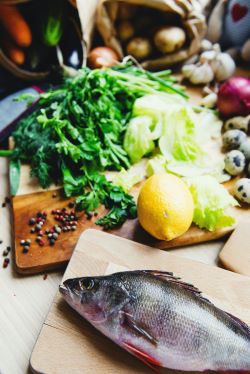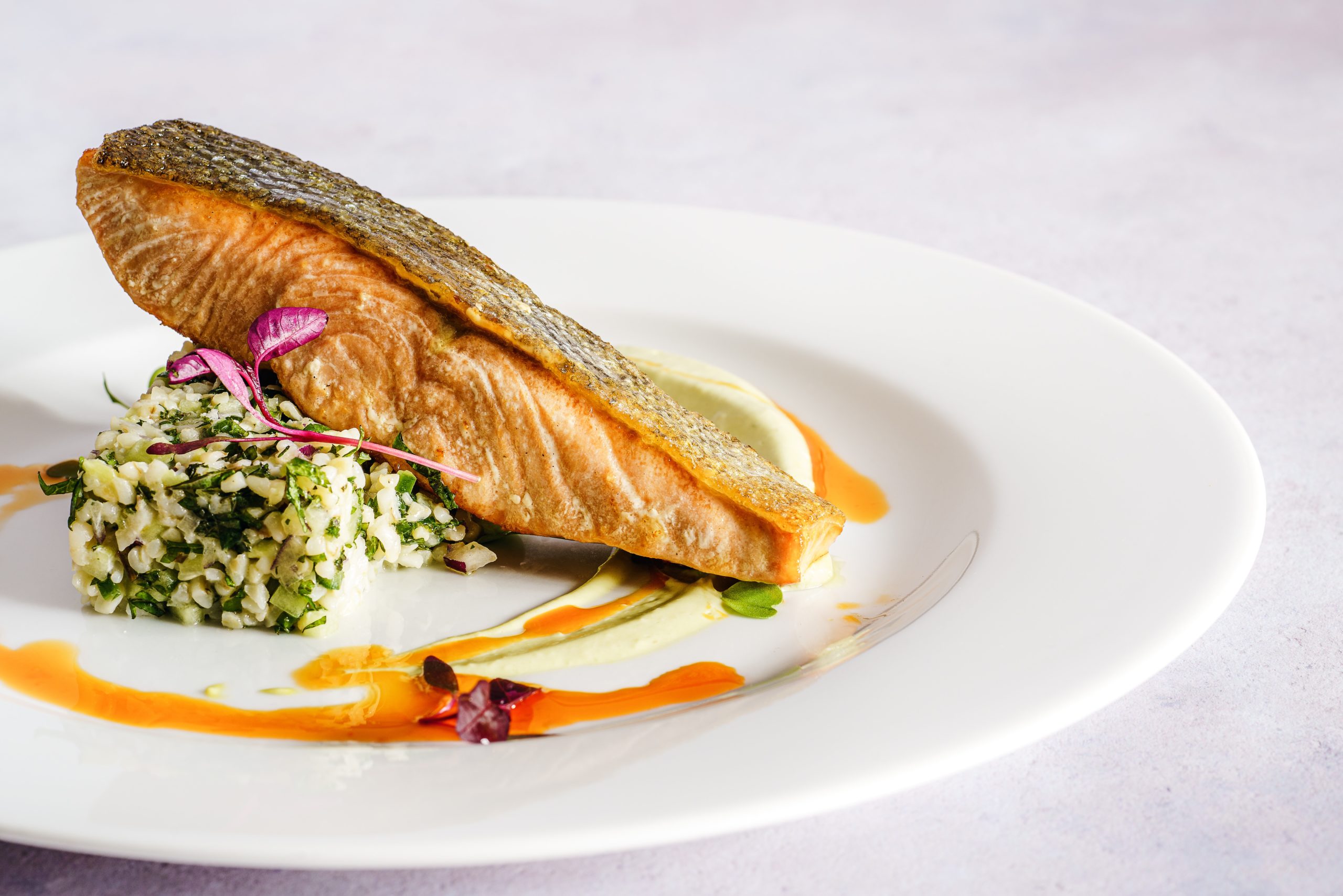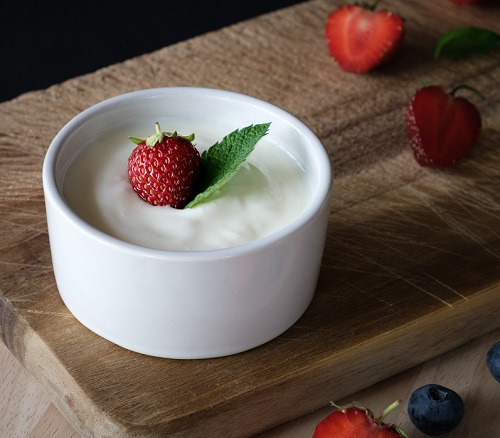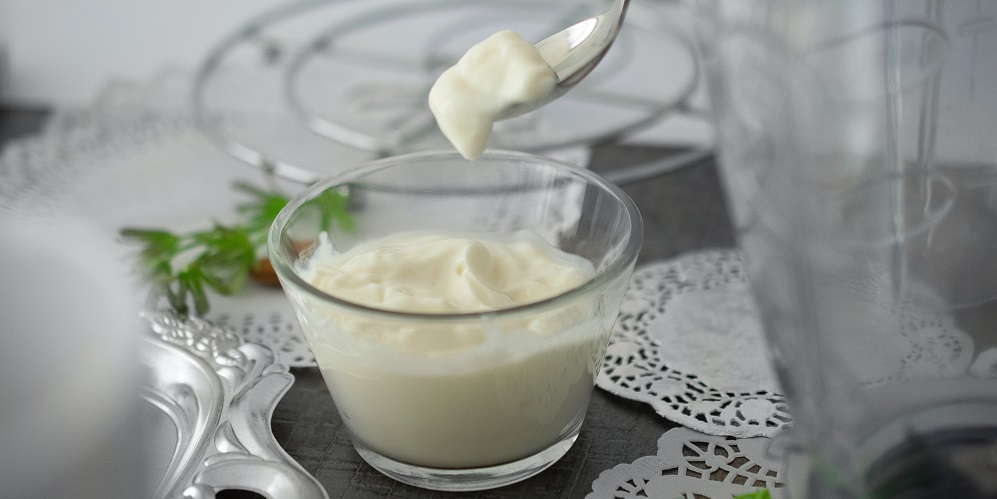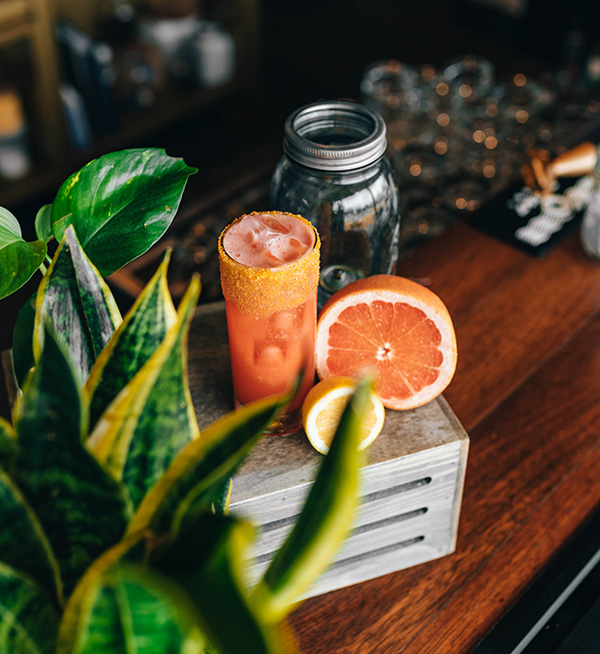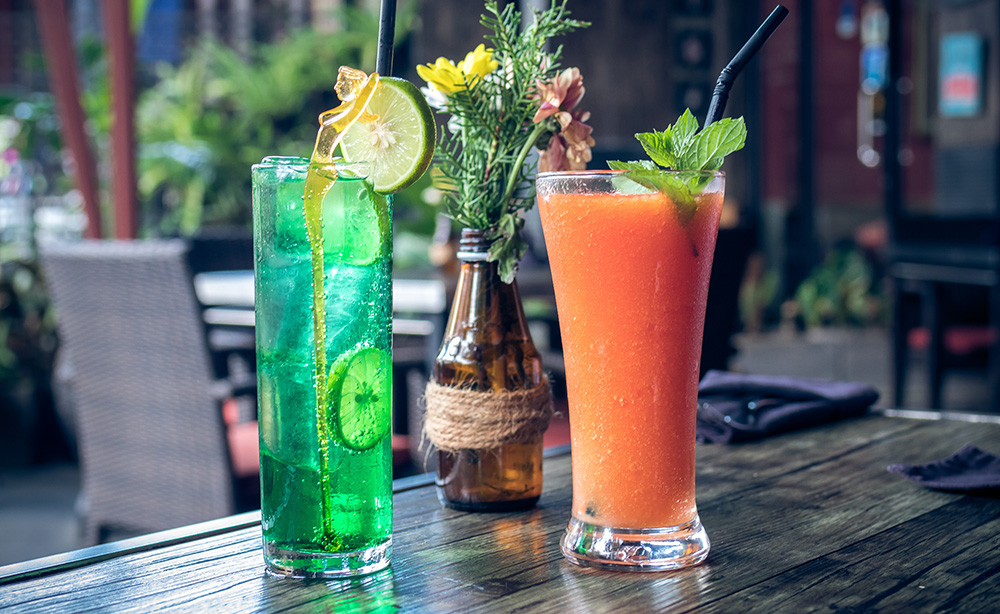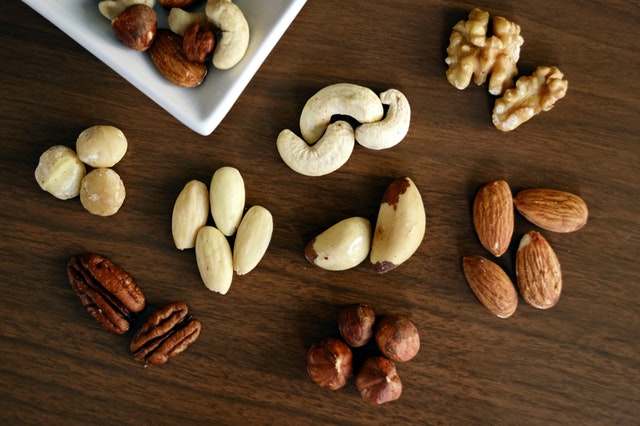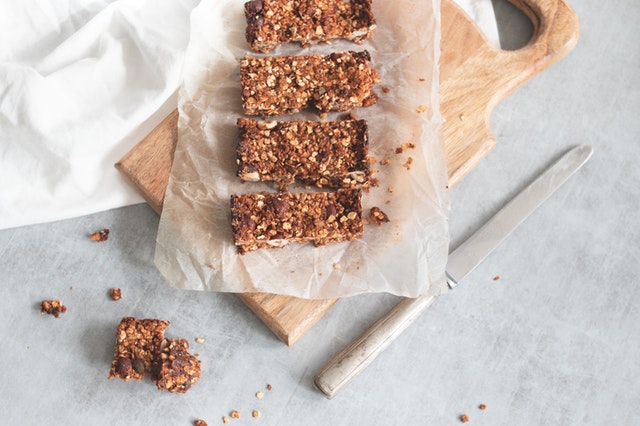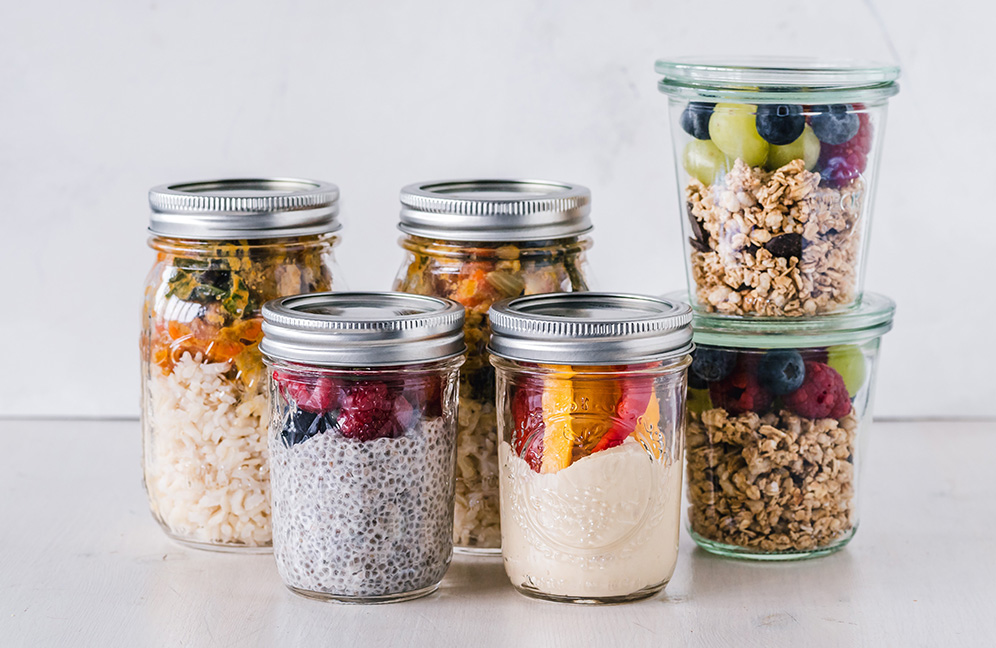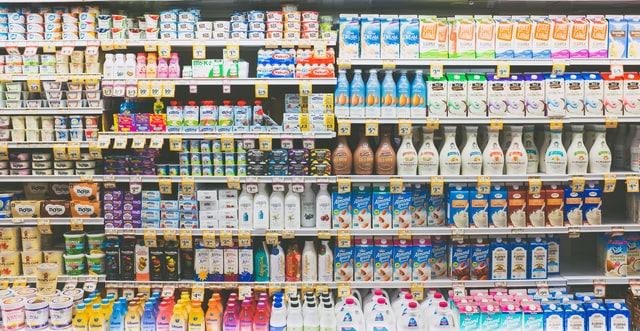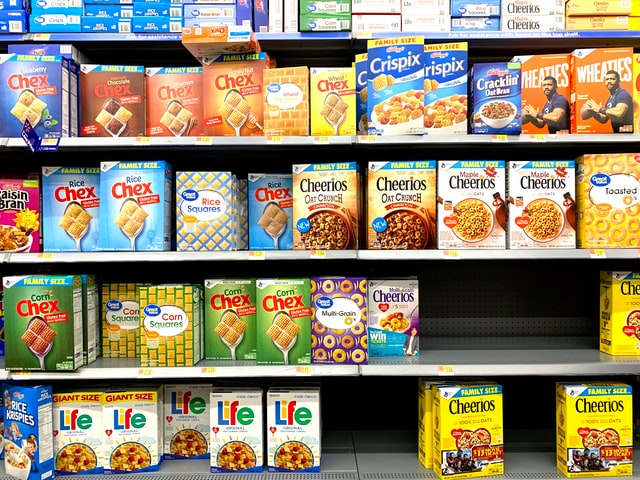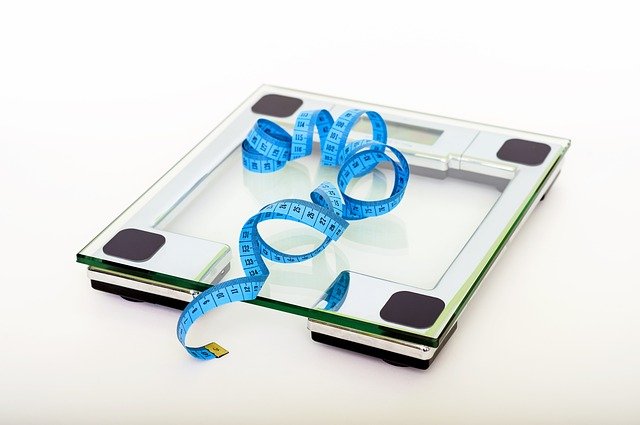Do you have problems with inflammation, anxiety or depression? Do you get sick a lot? It turns out that the real solution is to fix your gut, not to take endless pills.
Your Body Has a “Second Brain” — And It’s in Your Gut!
The expression “going with your gut” is more accurate than scientists ever suspected. Your digestive system has a staggering network of over 100 million nerve cells! This “second brain” is called the enteric nervous system (ENS) and it surrounds your entire gastrointestinal tract.
The ENS doesn’t help you play chess or calculate your taxes, but it does play a large role in emotional health. If something makes your digestive system feel bad, scientists believe the ENS triggers mood changes, such as depression, anxiety or irritability.
This is a huge discovery; it explains why so many people who have irritable bowel syndrome (IBS) also have depression. Protecting your gut health may go a long way towards helping you feel happier, and lowering stress may help you avoid digestive problems.

The Key to a Stronger Immune System? That’s Right — Excellent Gut Health!
Have you ever thought of taking probiotics to boost your immune system? That’s exactly what you should be doing, according to many experts.
Healthy gut bacteria can improve immune cells throughout the body, increasing the amount of natural antibodies you have and strengthening mucus membranes that help trap invaders. One study found that Lactobacillus, a type of probiotic found in yogurt, helped reduce the amount of respiratory infections in children by almost 20%!
[insert page='Offer' display='content']
The Connection Between a "Leaky Gut" and Inflammation
In a healthy gut, positive microorganisms form a kind of protective wall over the lining of your GI tract. This helps in two big ways: lowering levels of inflammation-causing bacteria and preventing them from getting into your blood stream.
When your gut is out of whack — sometimes called “leaky gut syndrome” — unhealthy bacteria travel places they shouldn’t, provoking your immune system to attack. The problem appears to be even worse for people who have rheumatoid arthritis, gout, psoriatic arthritis and osteoarthritis. The combination makes inflammation much more severe than normal.

The opposite is also true. A balanced gut microbiome is good for fighting inflammation. It can make arthritis less painful and give you back a lot of your flexibility and mobility. And for the rest of us, good digestive health reduces the number of aches and pains we wake up with in the morning.
Your Shopping List for Amazing Gut Health
How can you take good care of your gut microbiome? The secret is to increase the amount of probiotics and prebiotics in your diet.
Probiotics are good bacteria. Probiotics add soldiers directly to your gut’s army of healthy microbes. Greek yogurt, sauerkraut, kimchi and other fermented foods have lots of probiotics. I like to take probiotic supplements, too, especially after finishing any kind of antibiotics.
Prebiotics are plant fibers that help good bacteria grow. They support your intestinal soldiers, promoting good digestion and providing food for hungry microbes. My favorite prebiotics are apples, bananas, leafy greens and whole grains.
A healthy gut helps you fight off harmful bacteria, viruses and allergies. It can help you get sick less often, and make symptoms less severe when you do catch a bug. Probiotics may even make vaccines more effective. Make great gut health a priority!

References:
https://pubmed.ncbi.nlm.nih.gov/11387176/
https://www.ncbi.nlm.nih.gov/pmc/articles/PMC4006993/
https://www.hopkinsmedicine.org/health/wellness-and-prevention/the-brain-gut-connection


